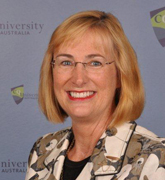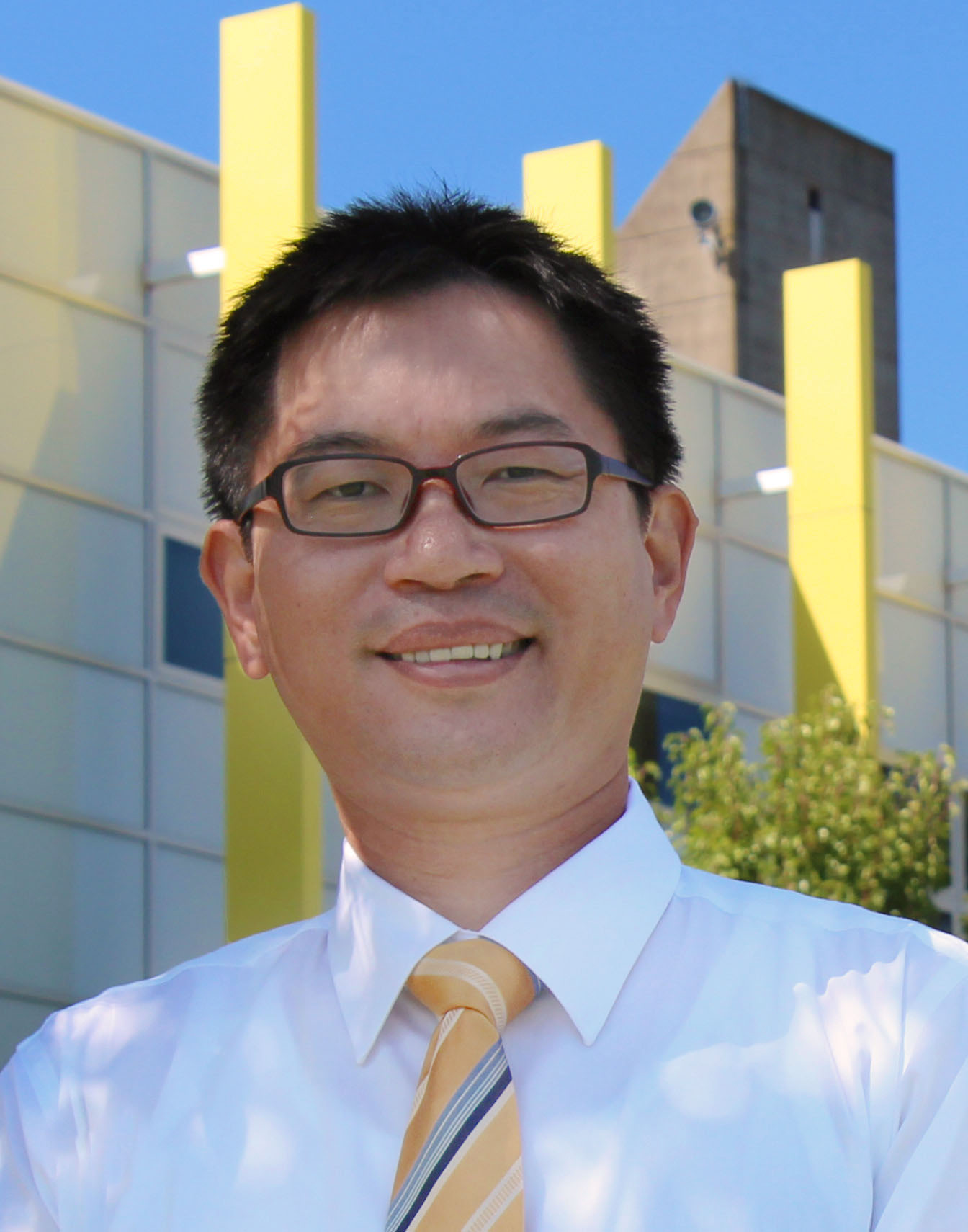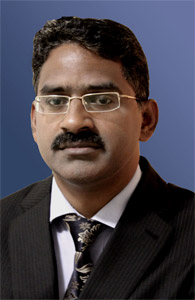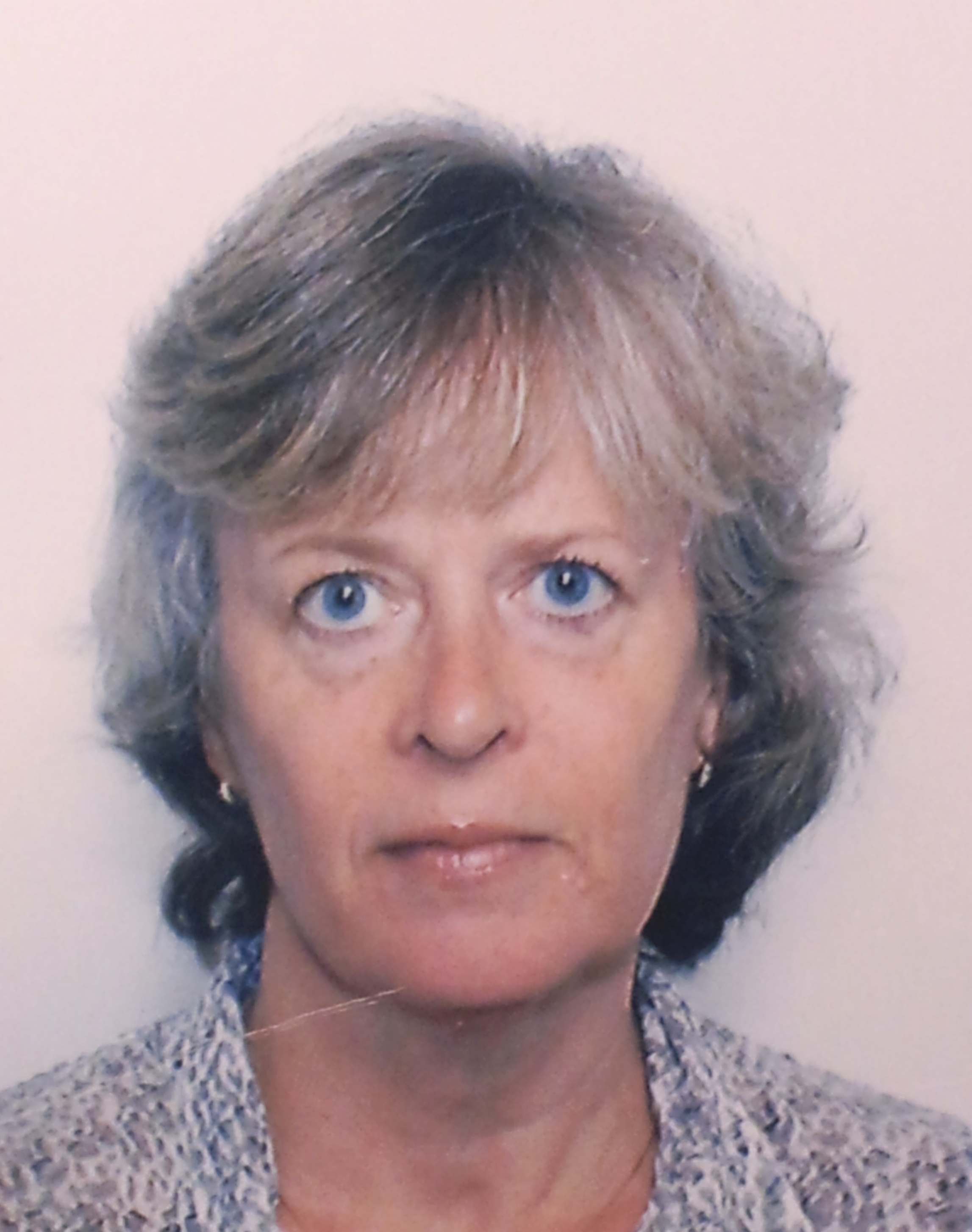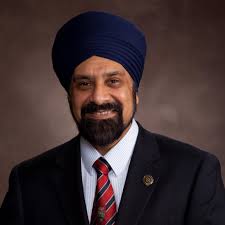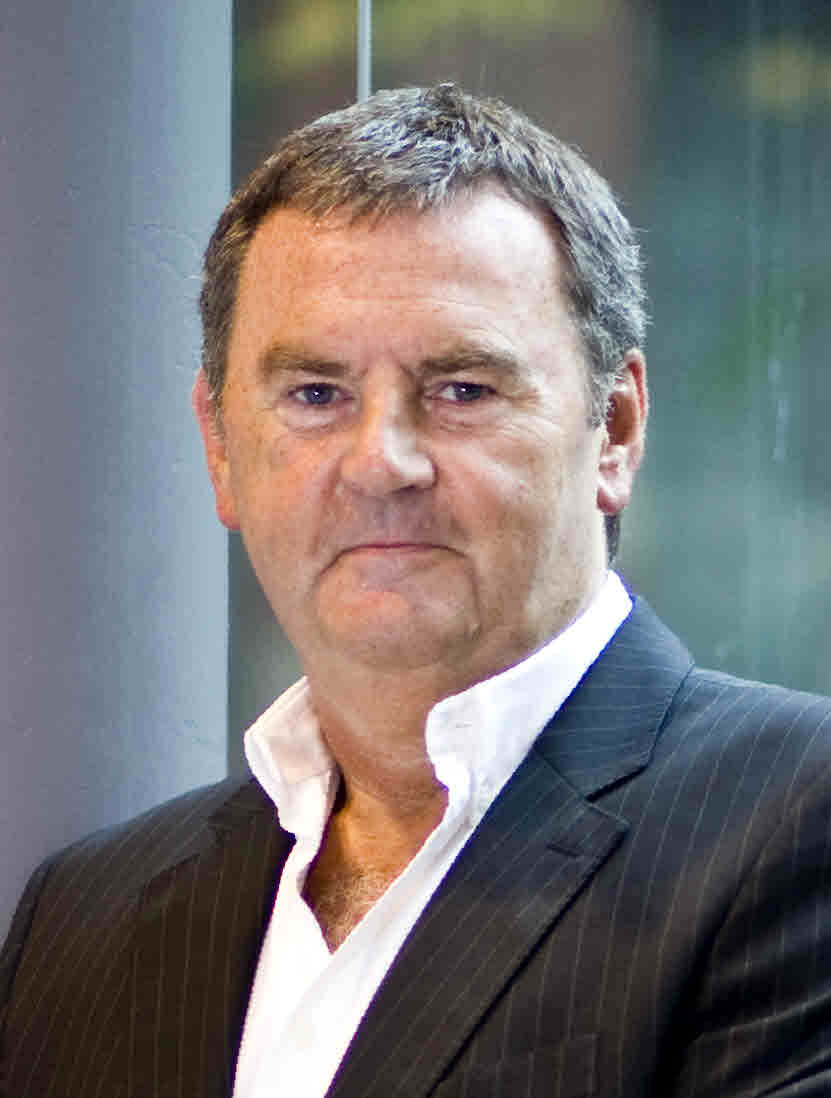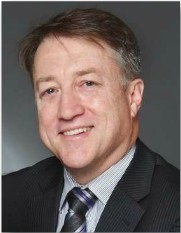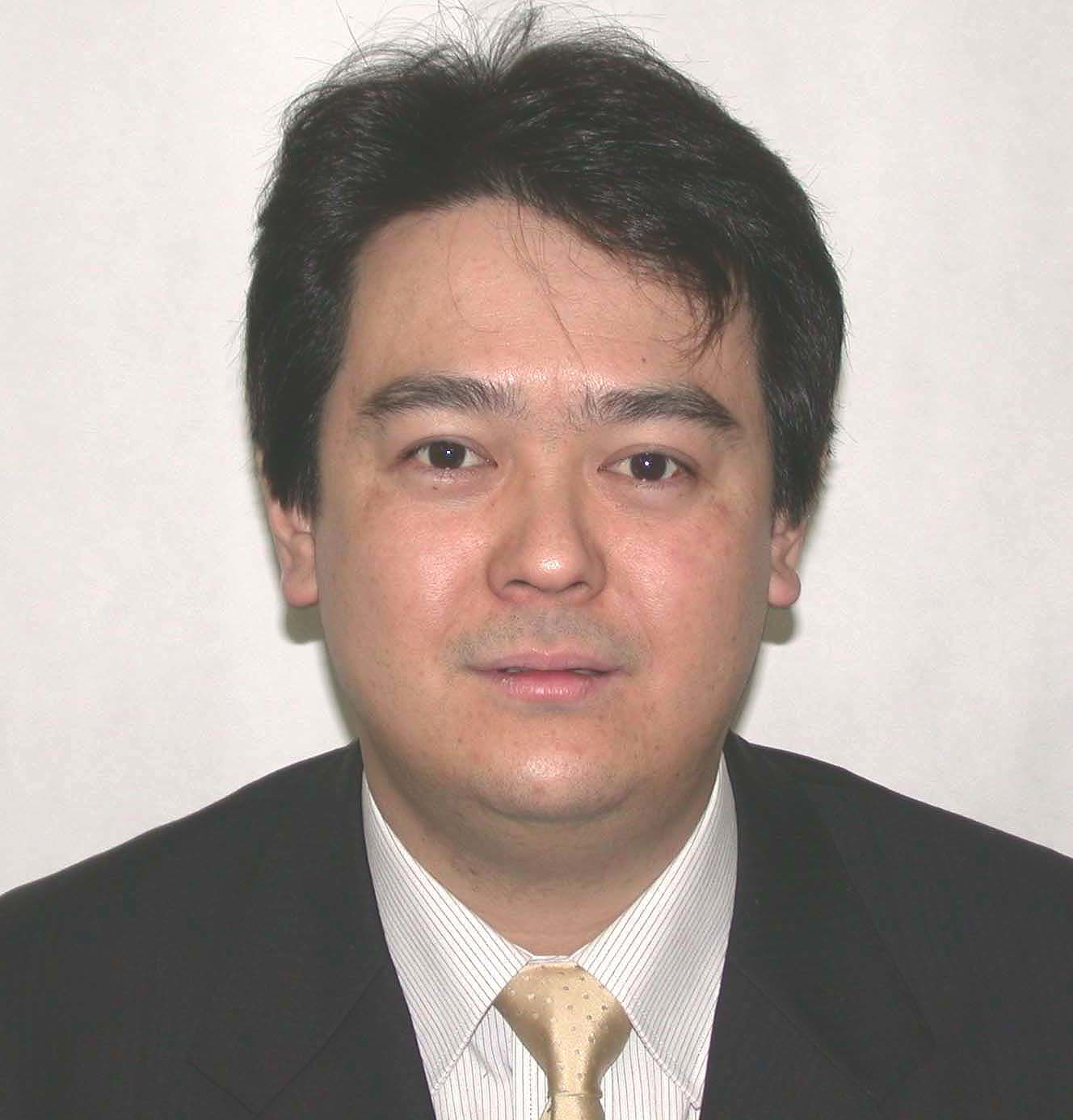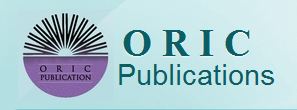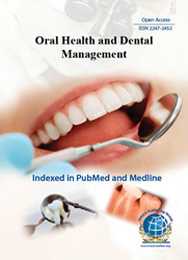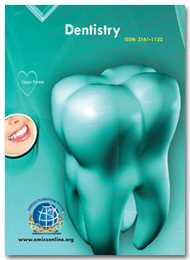Theme: New Challenges to Improve Oral and Dental Health Care Globally
Dental Congress 2015
Associate Professor Leonie M. Short
On behalf of the OMICS International Conferences, it is my pleasure to formally welcome you to the 4th Asia Pacific Congress and Expo on Dental and Oral Health. The conference covers a wide range of scientific topics – from tools, techniques and treatments – to operative dentistry, oral anatomy and oral pathology. Thank you to the Organising Committee for completing the difficult task of peer reviewing all the submissions for keynote addresses, poster presentations, oral presentations and interactive workshops.
May I also welcome delegates from interstate and overseas who are travelling to Brisbane for this conference. I can assure you that you will be made to feel at home in the sub-tropical surrounds of the of the world’s most liveable cities.
No conference would be complete without a dental expo where our corporate partners are able to exhibit the latest releases of consumables, instruments and equipment in dentistry.
Being located in Australia, this conference will see a range of presenters and conference delegates across the dental professions. This includes dental specialists, dentists, oral health therapists, dental therapists, dental hygienists, dental prosthetists, dental technologists, researchers, scientists and other members of the dental team. It is wonderful to see a spread of these dental practitioners as keynote speakers, presenters, workshop participants and delegates. This conference is a wonderful opportunity to meet colleagues, network and make new friends.
Lastly, thank you to the sponsors for your financial support – these conferences are not possible without their generous contribution.
Associate Professor Leonie M. Short
CQUniversity, Australia.
...................................................................................................................................................................................
Major Scientific Sessions:
Current Concepts in Dental and Oral Health
Diabetes and Oral Health—Current Concepts Regarding Periodontal Disease and Diabetes. Periodontal disease and dental caries are the most common oral diseases, and both are modified when diabetes is present. There is an increased prevalence of periodontal disease in patients with diabetes, and periodontal disease can adversely affect glycemic control. Background With the growing number of air passengers, flight attendants, leisure pilots as well as military and airline pilots, dentists may increasingly encounter flight-related oral conditions requiring treatment. Moreover, dentists should prevent the creation of in-flight hazards when treating aircrew members. The aim of this article is to introduce the concepts of aviation dentistry.
Laser dentistry can be a precise and effective way to perform many dental procedures. The potential for laser dentistry to improve dental procedures rests in the dentist's ability to control power output and the duration of exposure on the tissue (whether gum or tooth structure), allowing for treatment of a highly specific area of focus without damaging surrounding tissues. Restorative dentistry is the study, diagnosis and integrated management of diseases of the teeth and their supporting structures and the rehabilitation of the dentition to functional and aesthetic requirements of the individual. Cosmetic dentistry is generally used to refer to any dental work that improves the appearance (though not necessarily the function) of a person's teeth, gums and/or bite. The benefits of the dental microscope in restorative dentistry have been well chronicled. One of the most recent applications of high magnification to restorative dentistry has resulted in the first systemic classification of tooth cracks and fractures. Special needs dentistry, also known as special care dentistry, is a specialty of dentistry concerned with the oral health of people who have intellectual disability, or who are affected by other medical, physical, or psychiatric issues.
Dental and Oral Therapy / Treatment
Oral hygiene is the practice of keeping the mouth and teeth clean to prevent dental problems, most commonly, dental cavities, gingivitis, periodontal (gum) diseases and bad breath. Tooth extraction is the removal of a tooth from its socket in the bone. If a tooth has been broken or damaged by decay, your dentist will try to fix it with a filling, crown or other treatment. Sometimes, though, there's too much damage for the tooth to be repaired. In this case, the tooth needs to be extracted. A dental restoration or dental filling is a dental restorative material used to restore the function, integrity and morphology of missing tooth structure. The structural loss typically results from caries or external trauma. The term aesthetic dentistry has been used to refer to the application of tooth colored restorations in either the anterior or posterior situation where non-tooth colored alternatives are available.
Dental caries also known as tooth decay, cavities, or caries, is breakdown of teeth due to the activities of bacteria. Tooth decay, also known as dental decay or dental caries, is when acids in your mouth dissolve the outer layers of your teeth. Hyperdontia is the condition of having supernumerary teeth, or teeth that appear in addition to the regular number of teeth. They can appear in any area of the dental arch and can affect any dental organ. Fluorosis is a cosmetic condition that affects the teeth. It’s caused by overexposure to fluoride during the first eight years of life. This is the time when most permanent teeth are being formed.
Tools and Techniques in Dentistry
Modern dentistry tools and techniques have revolutionized the level of care that restorative and cosmetic treatments can provide. The latest state-of-the-art dental technology bring exceptional care to the patients by utilizing digital x-rays, 3rd-Dimentional (3D) Cone Beam X-rays, full color cameras, dual monitors to allow the patients to see their own teeth and X-rays, and CEREC. Surgery involves the creation of a wound, and proper closure of this wound is usually necessary to promote optimal healing. Suturing a wound positions and secures the surgical flaps to promote healing. Surgical sutures should hold the edges of a flap in apposition until the wound has healed sufficiently to withstand normal functional stresses and resist reopening. Digital radiography creates X-ray results instantly, to identify dental issues on the spot, and prescribe treatment immediately. The intraoral camera allows taking digital photographs of patients' individual teeth and gums. The photos are displayed on computer monitors which allows patients to see problems magnified twenty times.
Oral and Maxillofacial Surgery
Oral and Maxillofacial Surgery (OMS) is a specialty of medicine and dentistry that focuses on the diagnosis, surgical treatment, and management of diseases and disorders of the face and jaws. An oral and maxillofacial surgeon is a regional specialist surgeon treating the entire craniomaxillofacial complex: anatomical area of the mouth, jaws, face, skull, as well as associated structures. Temporomandibular Joint (TMJ) surgery for functional or inflammatory disorders of the joint soft tissues, bony disorders such as osteoarthritis or ankylosis, or TMJ tumors.
Oral Pathology and Clinical Physiology
Oral microbiology is the study of the microorganisms (microbiota) of the oral cavity and their interactions between oral microorganisms or with the host. Of particular interest is the role of oral microorganisms in the two major dental diseases: dental caries and periodontal disease. Oral bacteria have evolved mechanisms to sense their environment and evade or modify the host. Bacteria occupy the ecological niche provided by both the tooth surface and gingival epithelium. However, a highly efficient innate host defense system constantly monitors the bacterial colonization and prevents bacterial invasion of local tissues. A dynamic equilibrium exists between dental plaque bacteria and the innate host defense system.
Pediatric dentistry [formerly pedodontics (American English) or paedodontics (Commonwealth English)] is the branch of dentistry dealing with children from birth through adolescence. Infant oral health exams, which include risk assessment for caries in mother and child. Preventive dental care including cleaning and fluoride treatments, as well as nutrition and diet recommendations. Early assessment and treatment for straightening teeth and correcting an improper bite (orthodontics). Management of gum diseases and conditions including ulcers, short frenulae, mucoceles, and pediatric periodontal disease.
Periodontal pathology is a science or a study of periodontal diseases. Periodontal diseases can affect one or more of the periodontal tissues/structures (e.g. alveolar bone, periodontal ligament, cementum and gingiva). While there are many different periodontal diseases that can affect these tooth-supporting tissues/structures, by far the most common ones are plaque-induced inflammatory conditions, such as gingivitis and periodontitis. Endodontics (from the Greek roots endo- "inside" and odont- "tooth") is the dental specialty concerned with the study and treatment of the dental pulp. The dental pulp is a delicate connective tissue liberally interspersed with tiny blood vessels, lymphatics, nerves, and undifferentiated connective tissue cells. Like other connective tissues throughout the body, it reacts to bacterial infection or to other stimuli by an inflammatory response known as pulpitis, which is the most common cause of odontalgia or toothache.
Orthodontics and Dentofacial Orthopedics
Orthodontics is the branch of dentistry that corrects teeth and jaws that are positioned improperly. Also commonly known as specialized dentists for braces. For comprehensive orthodontic treatment, metal wires are inserted into orthodontic brackets (braces), which can be made from stainless steel or a more aesthetic ceramic material. The wires interact with the brackets to move teeth into the desired positions. Invisalign or other aligner trays consist of clear plastic trays that move teeth. Functional appliances are often used to redirect jaw growth. While orthodontics entails the management of tooth movement, dentofacial orthopedics involves the guidance of facial growth and facial development, which occurs for the most part during childhood, and is a reason why kids are often the best candidates for receiving dentofacial orthopedic therapy.
Oral medicine (sometimes termed dental medicine, oral and maxillofacial medicine or stomatology) is a specialty focused on the mouth and nearby structures. It lies at the interface between medicine and dentistry. Dental amalgam is a mixture of mercury, silver, tin and copper. Mercury, which makes up about 50 percent of the compound, is used to bind the metals together and to provide a strong, hard, durable filling. Adverse effect caused when a hazardous substance is taken into the body by mouth (ingestion). Human oral toxicity levels are determined by extrapolating the results of tests on laboratory animals.
If you own a dental practice, you own a business. There is a profit and loss statement. There is a bottom line. Money comes in and goes out. People get paid and people spend. The beauty of the dental business is you have the honor and privilege of helping and serving patients while earning a profit. In fact, the more effective help you provide, the more your profits increase. Successful dental business leaders aggressively seek out multiple ways to consistently drive new patients to their practices. Realizing that one home-run approach is insufficient, they seek to hit many singles in an effort to create the maximum flow of new patients.
The 4th Asia Pacific Congress & Expo on Dental and Oral Health anticipates around 250 participants including Dentists, Dental Surgeons, Dental Practice Managers, Dental Hygienists, Dental Assistants, Dental Business Assistants and other members of the Dental team's looking for the latest solutions to improve their practice and elevate patient care.
Conference Highlights
- Current Concepts in Dental and Oral Health
- Basic Dentistry
- Dental and Oral Therapy / Treatment
- Dental and Oral Abnormalities
- Tools and Techniques in Dentistry
- Oral and Maxillofacial Surgery
- Oral Pathology and Clinical Physiology
- Pediatric Dentistry
- Periodontics and Endodontics
- Orthodontics and Dentofacial Orthopedics
- Oral Medicine and Toxicology
- Business of Dentistry
To share your views and research, please click here to register for the Conference.
To Collaborate Scientific Professionals around the World
| Conference Date | July 27-29, 2015 | ||
| Sponsors & Exhibitors |
|
||
| Speaker Opportunity Closed | Day 1 | Day 2 | Day 3 |
| Poster Opportunity Closed | Click Here to View | ||
Useful Links
Special Issues
All accepted abstracts will be published in respective Our International Journals.
- Journal of Oral Health and Dental Management
- Journal of Dentistry
- Journal of Oral Hygeine and Health
Abstracts will be provided with Digital Object Identifier by


